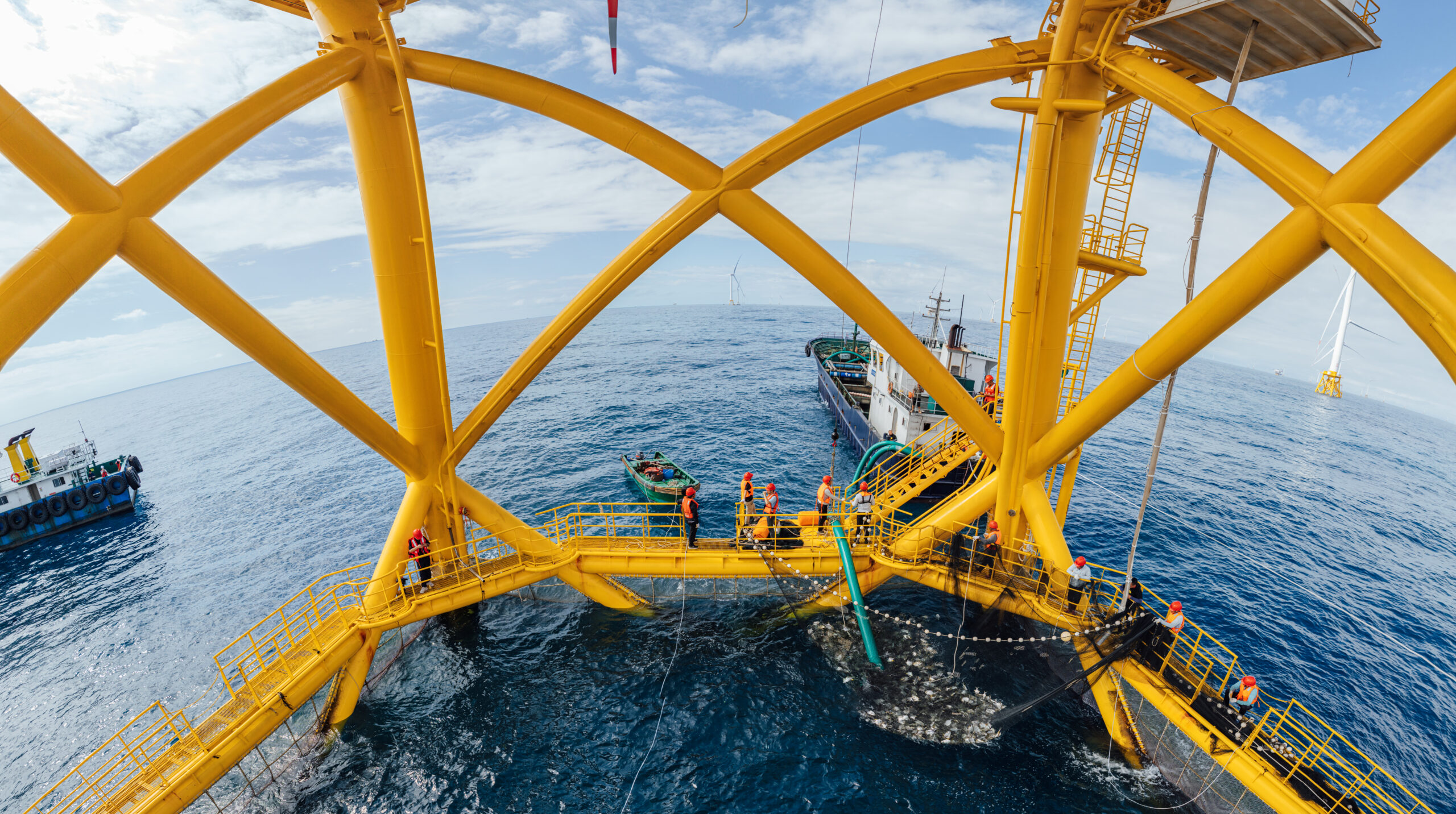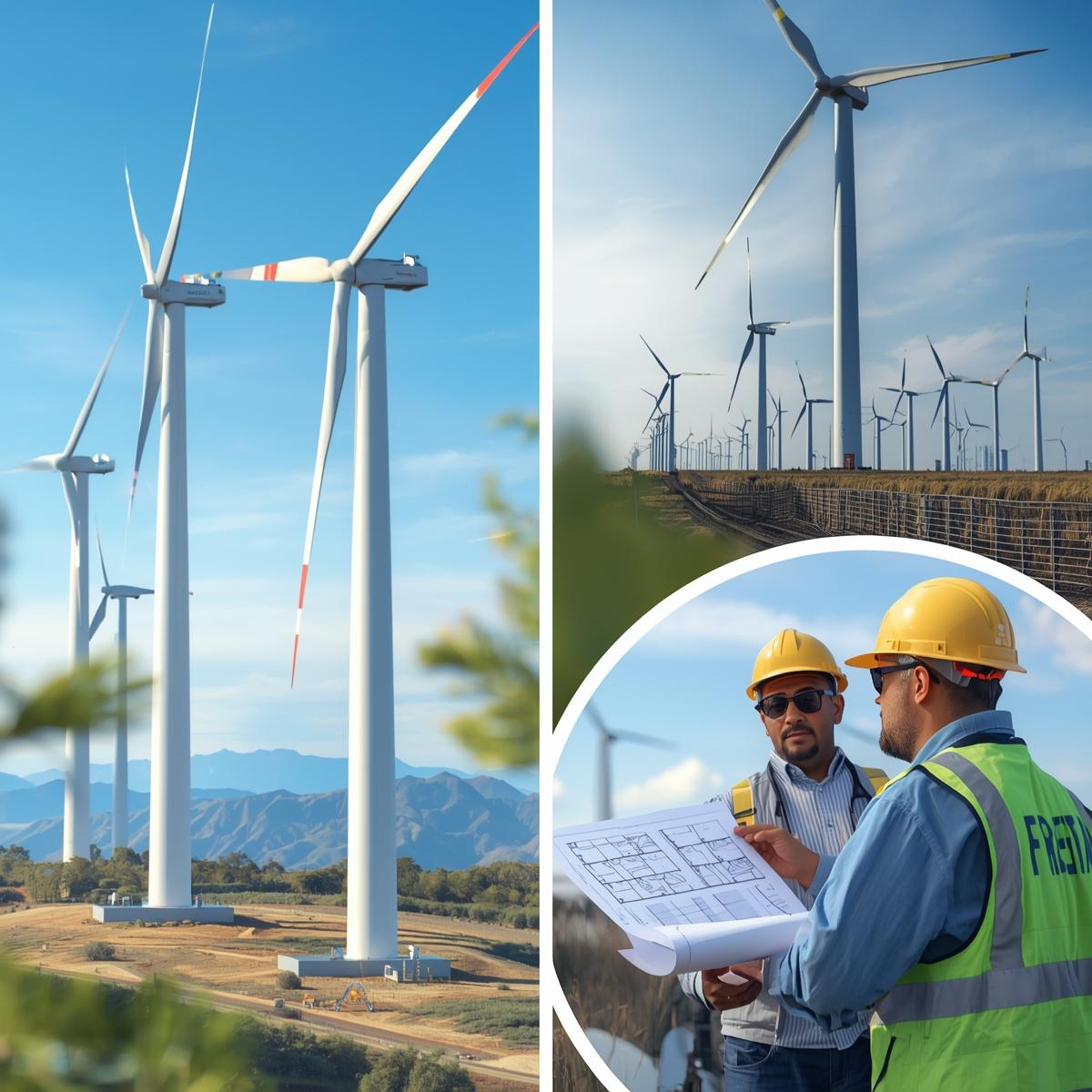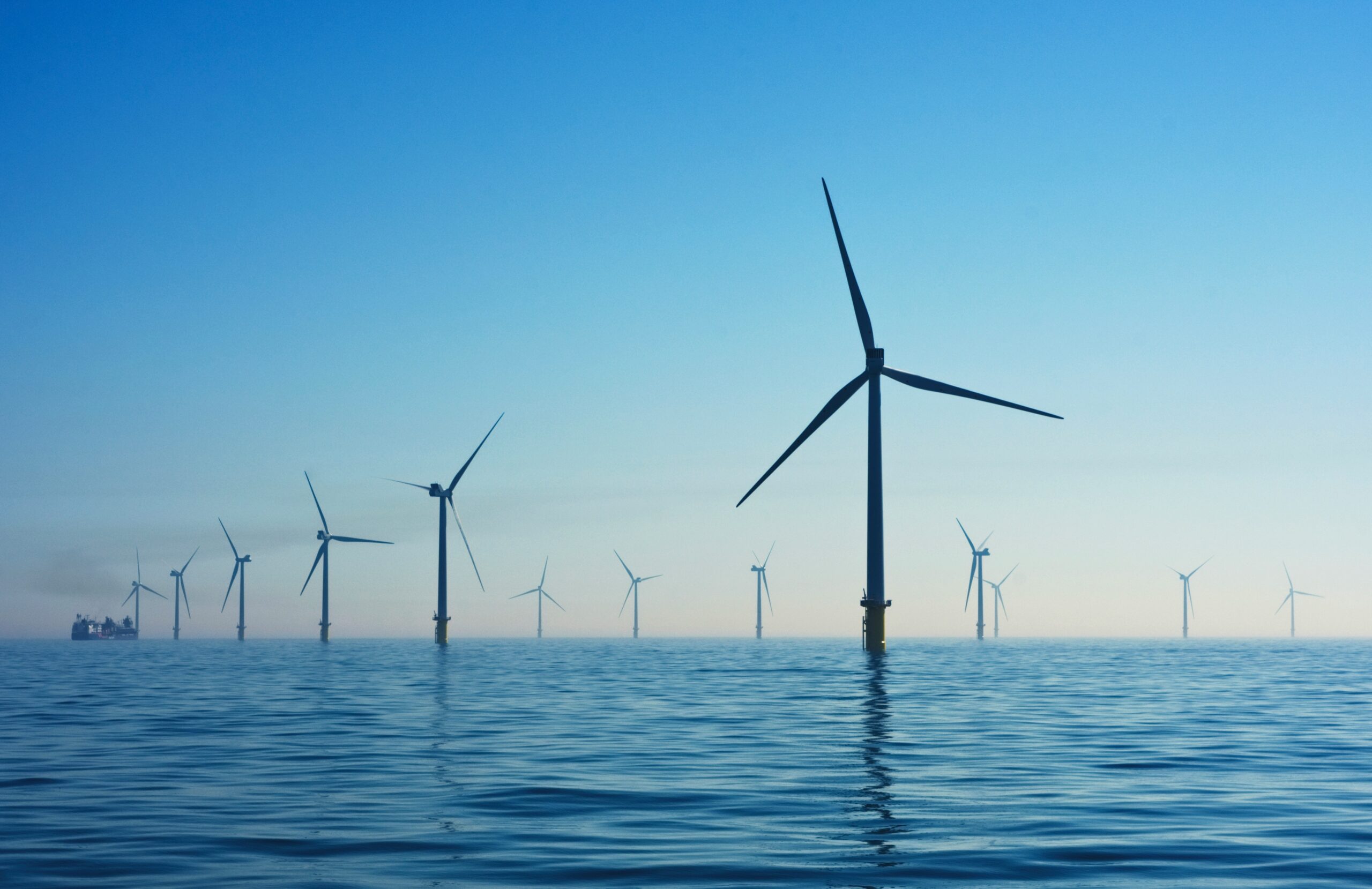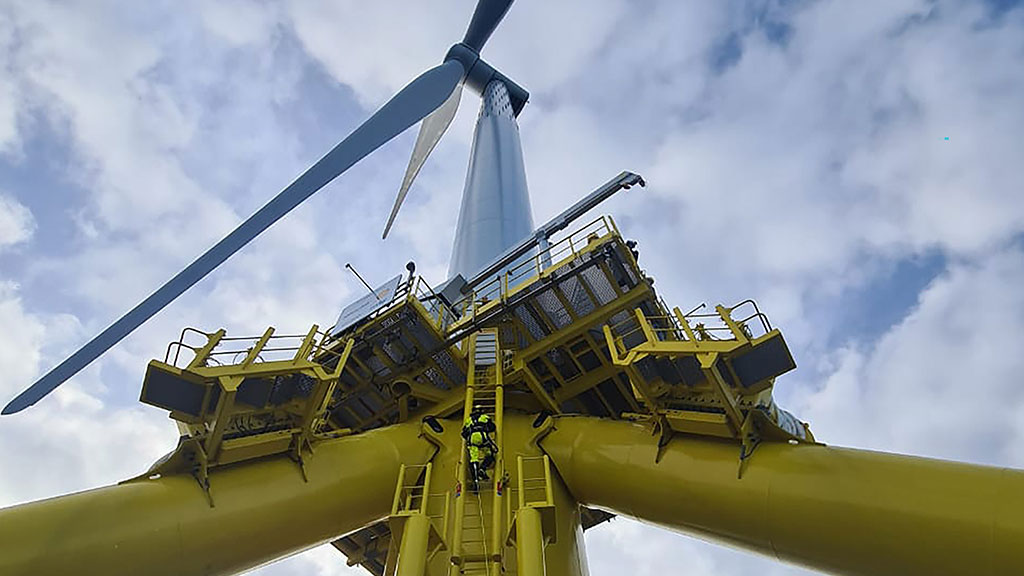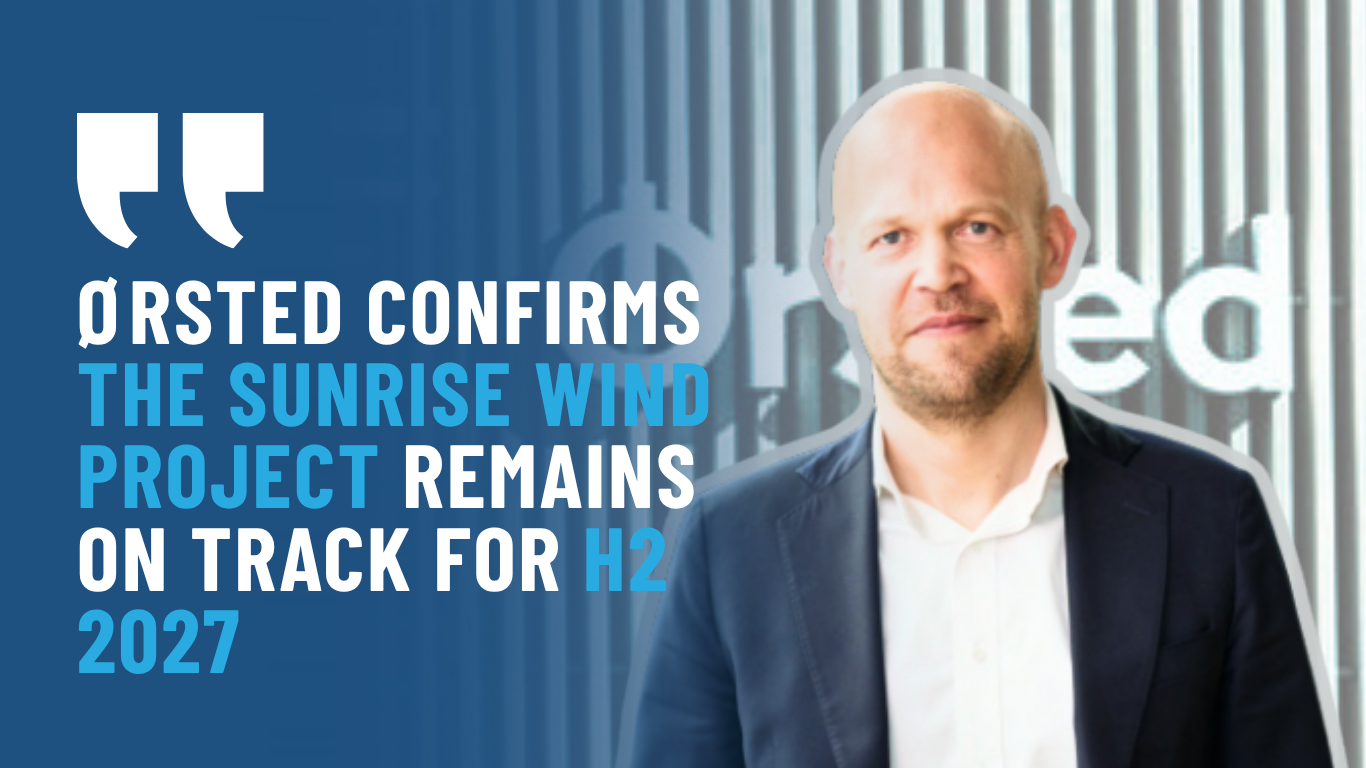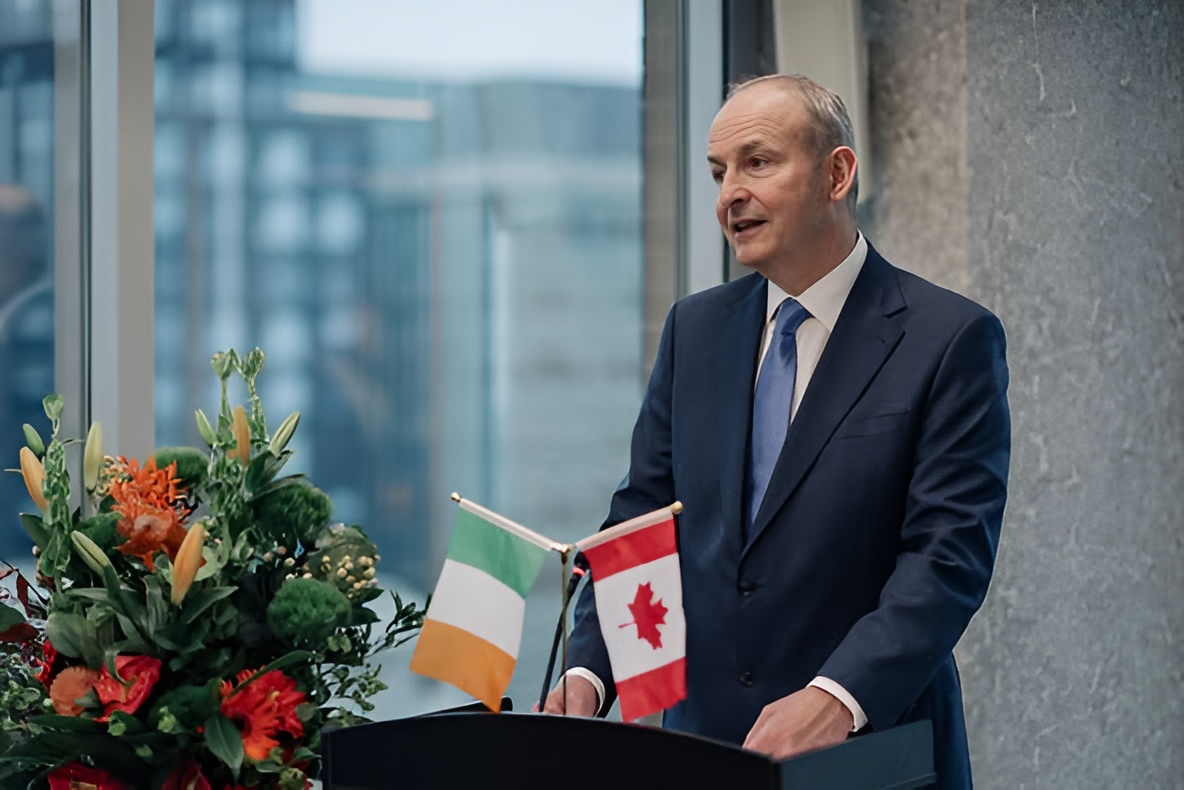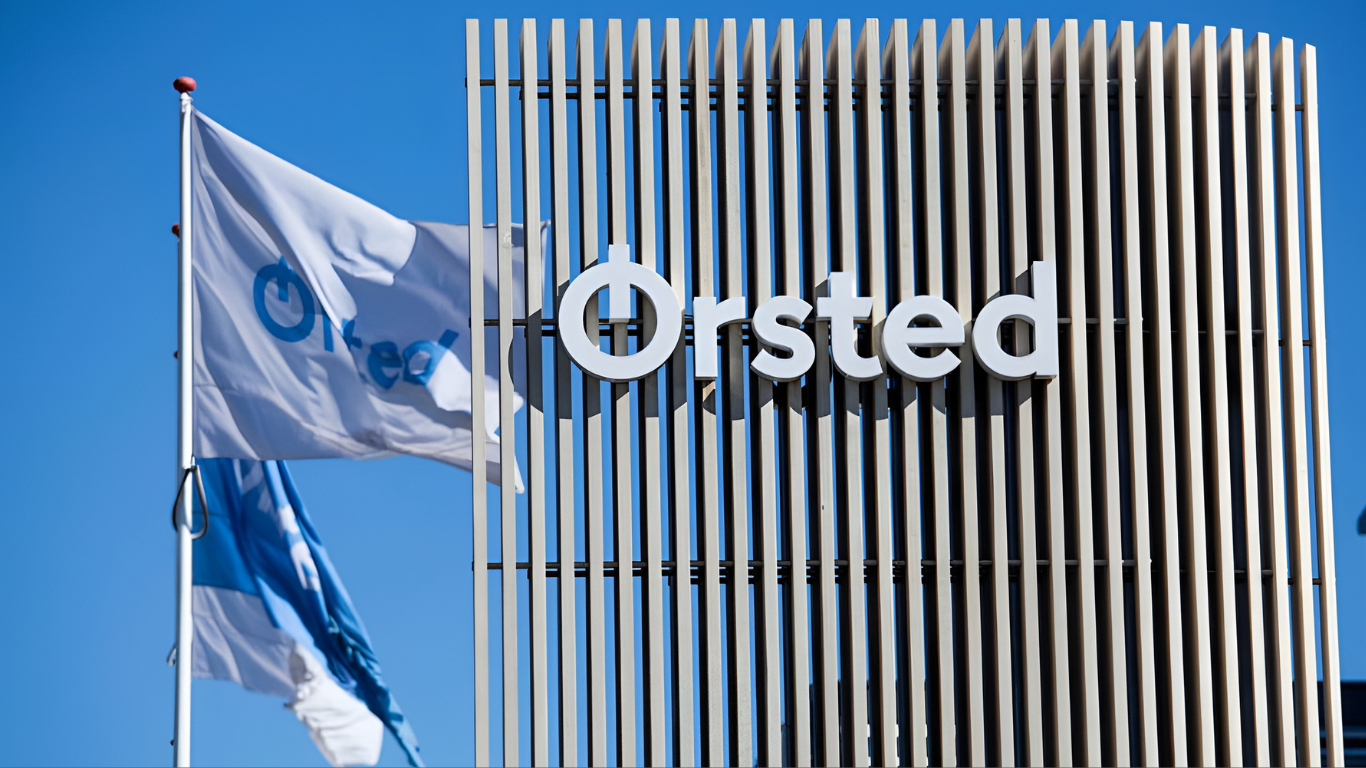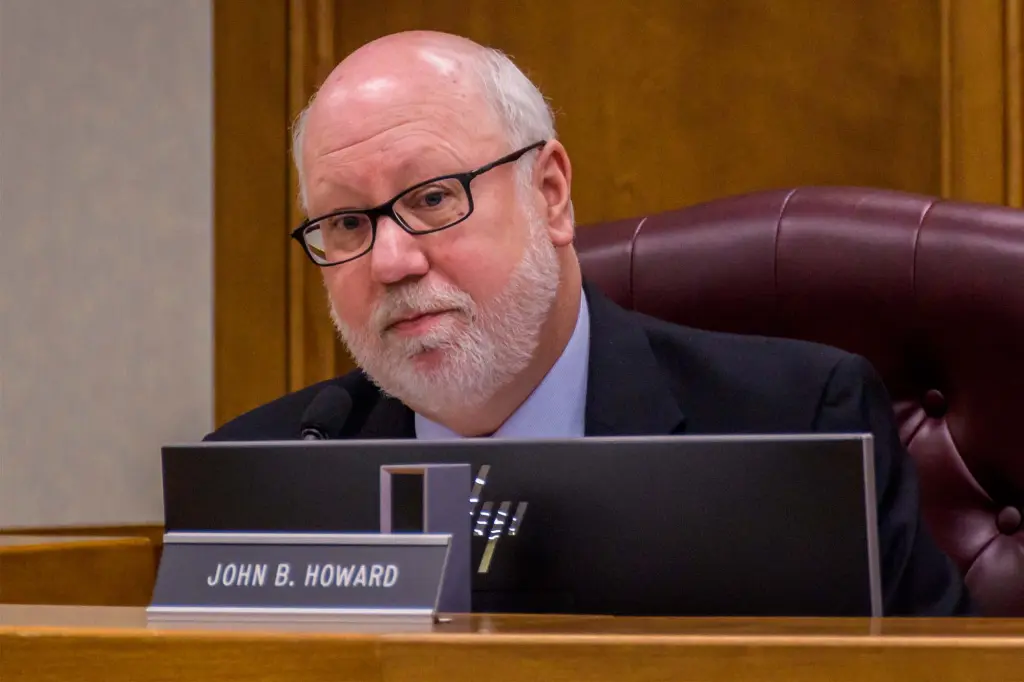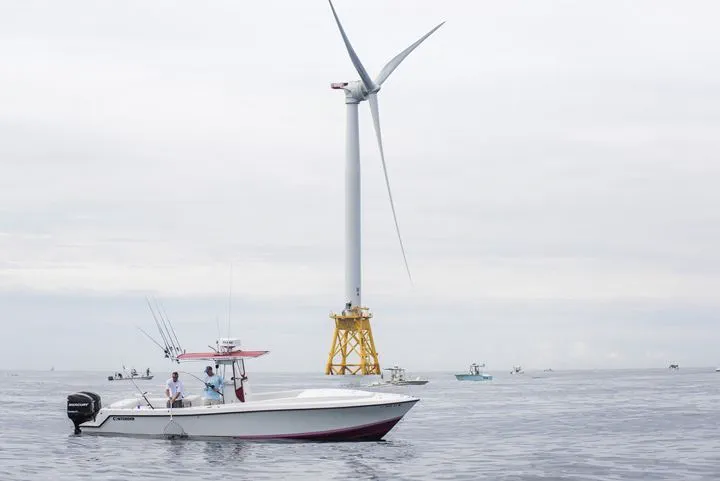A Giant Rises in Offshore Wind
China has once again captured global attention in the renewable energy sector. An important turning point for the offshore wind sector has been marked by the announcement of plans for the largest 50 MW floating turbine in the world by Mingyang Smart Energy, one of the nation’s leading clean energy companies, according to Bloomberg.
Though it is still in its infancy, the idea goes far beyond small steps forward. It is a daring leap in ambition, scale, and design that has the potential to completely reshape the boundaries of what is technically and financially feasible in floating wind technology.
Mingyang Smart Energy—Behind the Innovation
Since its founding in 2006, Mingyang Smart Energy has emerged as a world leader in offshore engineering, smart energy systems, and wind turbine manufacturing. Record-breaking designs are nothing new to the company. By announcing a 22 MW offshore turbine in 2023, it raised the bar for turbine capacity. Mingyang is ambitious to outdo even that achievement with its 50 MW floating wind turbine concept, the largest ever proposed.
What Makes the 50 MW Floating Wind Turbine So Revolutionary?
The engineering scale of a 50 MW floating wind turbine is unprecedented. Today’s offshore wind turbines typically have a capacity of 10–18 MW. The increase to 50 MW, which is almost three times that capacity, necessitates radical adjustments to materials, structure, and floating platform stability.
According to Mingyang, this concept leverages:
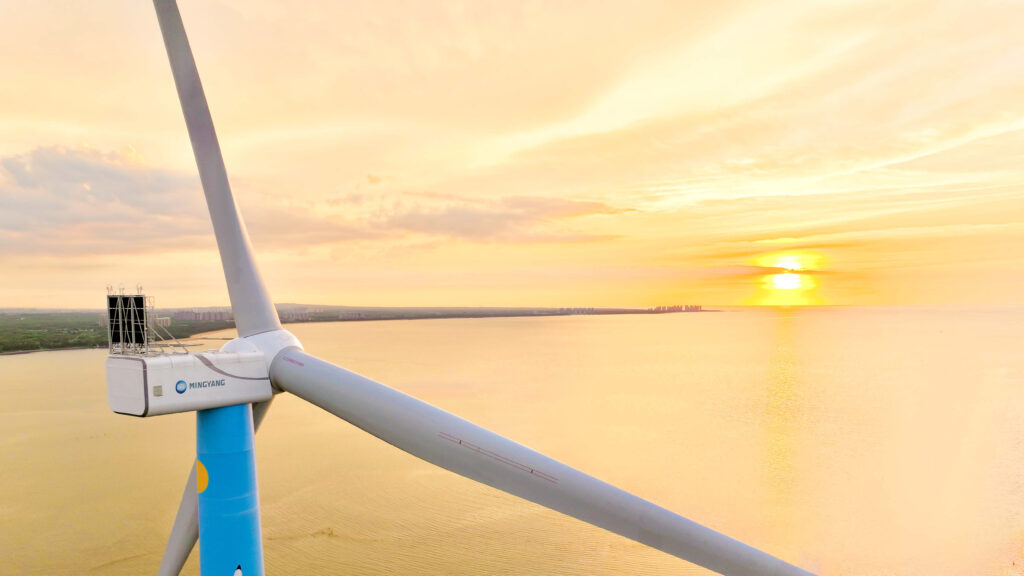
- lightweight composite blades of the next generation that are longer than 150 meters.
- Large rotating structures can be stabilized with intelligent load control systems.
- Sophisticated floating foundations are made to survive harsh maritime environments.
- AI-powered energy optimization that enables integration with smart grids for optimal output efficiency.
By eliminating the need for numerous smaller units and lowering the cost per megawatt for offshore wind farms, this design may be able to power tens of thousands of homes with a single turbine.
Why China Is Betting Big on Floating Wind
The growth of offshore wind energy in China has been astounding. In terms of installed wind capacity, the nation leads the world, and floating wind power is becoming the next big thing. Floating turbines can function in deep offshore regions with more reliable and powerful wind resources than fixed-bottom turbines, which need shallow waters.
With the help of this technological advancement, China can now access enormous oceanic wind corridors in the East China Sea and South China Sea, opening up previously untapped potential for renewable energy.
Along with creating new investment opportunities for maritime engineering and smart grid integration, floating wind technology also lessens conflicts with coastal industries and fishing zones.
Floating Wind: The Next Phase of Global Energy Evolution
Although floating wind technology is not new, China’s large-scale entry could change the rules of international competition.
Early progress in floating wind pilot projects has been made by nations like Norway, Japan, and the United Kingdom. None, though, have suggested a design with a capacity of about 50 MW.
Mingyang hopes to reduce production costs, show grid stability, and illustrate how large turbines could power deep-sea wind farms in the future by scaling up.
This is in line with China’s long-term objective of becoming carbon neutral by 2060 and its larger clean energy strategy, which calls for 1,200 GW of renewable capacity by 2030.
Engineering Challenges Ahead
Despite the excitement, building a 50 MW floating wind turbine is no small task. Engineers must address:
- Extreme load management: enormous wind and wave forces acting on a single massive structure.
- Floating stability: ensuring the platform remains balanced in deep waters.
- Transportation and assembly: moving colossal turbine components from land to offshore installation sites.
- Grid connectivity: maintaining power stability for such a large, single-unit generation source.
Each of these challenges requires precision engineering, advanced materials, and continued research collaboration with global partners.
Global Reactions and Industry Impact
Energy analysts see Mingyang’s announcement as a symbol of China’s growing dominance in renewable technology.
If successful, this 50 MW floating wind turbine could outpace existing European designs and reshape offshore wind economics by drastically reducing per-megawatt costs.
Moreover, it would strengthen China’s position in exporting clean energy technology, enabling other nations to adopt large-scale floating wind solutions in their own coastal regions.
The Future of Offshore Wind Power
The concept also points to the future direction of offshore wind:
Fewer, larger, smarter turbines—all networked into digital energy grids.
By combining floating foundations, AI-driven efficiency, and smart energy systems, projects like Mingyang’s could accelerate the transition toward a cleaner, more sustainable global energy mix.
This innovation not only supports China’s domestic goals but also contributes to global decarbonization, offering a blueprint for how nations can harness offshore wind at scale.
Final Thoughts: The Floating Giant That Could Redefine Energy
Mingyang’s 50 MW floating turbine remains a concept, but its implications are enormous. It embodies the next generation of offshore wind innovation, combining engineering power, digital intelligence, and clean energy ambition.
If brought to life, this turbine could symbolize the moment the world’s energy landscape truly began to float—toward a smarter, greener, and more sustainable horizon.
Key Facts at a Glance
| Feature | Details |
|---|---|
| Turbine Capacity | 50 MW |
| Type | Floating Offshore Wind Turbine |
| Developer | Mingyang Smart Energy (China) |
| Innovation Highlights | AI optimization, smart grid integration, digital twin technology |
| Global Significance | World’s largest wind turbine concept |
❓ FAQs
Q1: Why is the 50 MW floating wind turbine important?
It represents a major leap in offshore wind technology, offering higher capacity, lower costs, and access to deeper waters for clean energy generation.
Q2: What is unique about floating wind turbines?
They don’t require fixed foundations, making them ideal for deep-sea deployment where winds are stronger and more stable.
Q3: How does AI improve turbine efficiency?
AI algorithms monitor performance, predict failures, and adjust turbine settings in real time for optimal power generation and maintenance savings.
Stay updated on the world’s biggest renewable energy breakthroughs—follow WindNewsToday for daily insights into offshore wind, AI innovation, and global clean power transformation.
